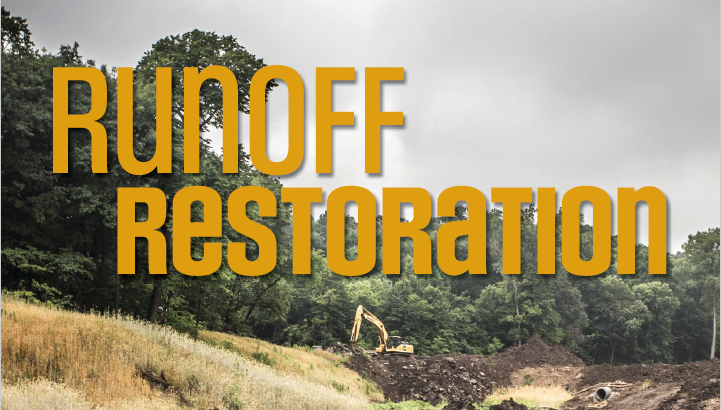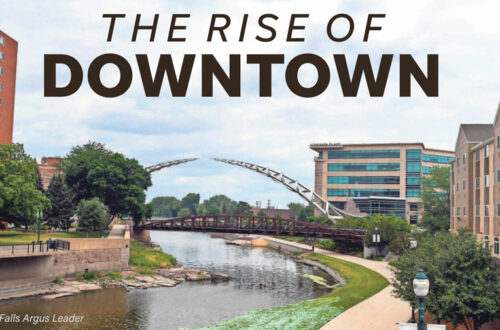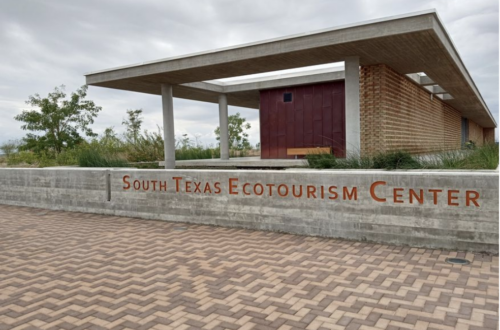
Runoff Restoration
This article in the February 2020 edition of Storm Water Solutions (SWS) features the restoration of Spring Lake Park in Omaha, NE. A large part of this effort included green infrastructure designed by Big Muddy Workshop.
In Omaha, Nebraska, and in many cities across the country, storm water runoff is a major cause of water pollution. The storm water runoff carries trash, bacteria, sediment, heavy metals and other pollutants. Higher flows, resulting from heavy rains, can also cause erosion and flooding, damaging habitat and property. Raw sewage ending up in local bodies of water is also a concern. The U.S. EPA, in accordance with the Combined Sewer Overflow Policy of the Clean Water Act, requires more than 700 cities across the U.S., –who like Omaha have combined sewer systems –to develop plans to reduce the impacts of the discharges from these systems into nearby rivers and streams. More than 40 square miles of the eastern part of Omaha is served by an underground storm and sanitary sewer system that includes combined sewers, which during periods of heavy rain, leads to waste ending up in local bodies of water. In fact, in a typical year with average precipitation, raw sewage mixed with storm water from the combined sewer system flows into the Missouri River and Papillion Creek more than 50 times.



